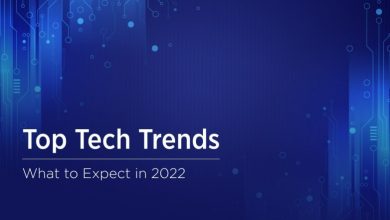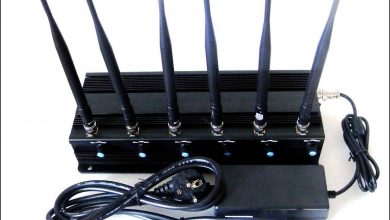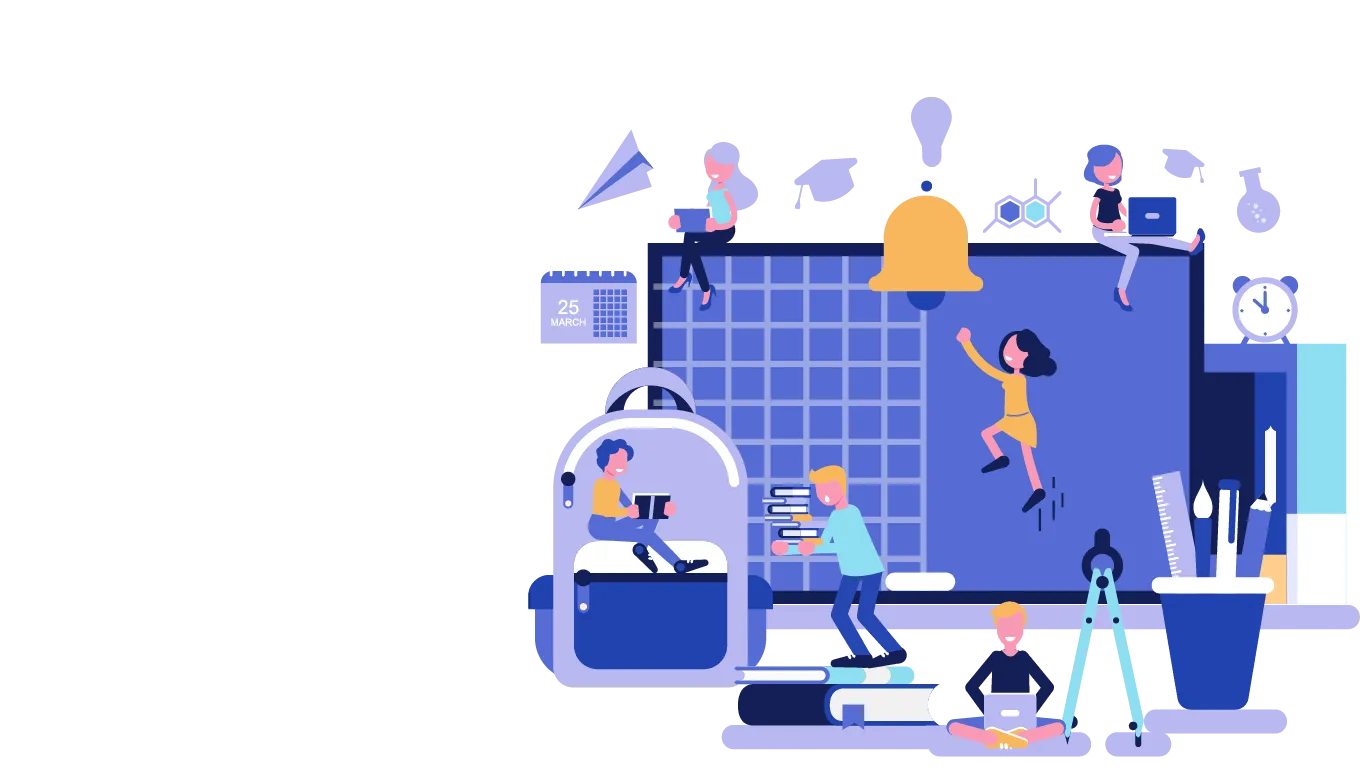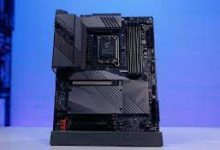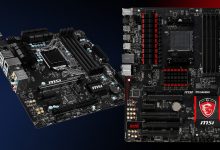Best Step-by-Step Guide to Blockchain Development
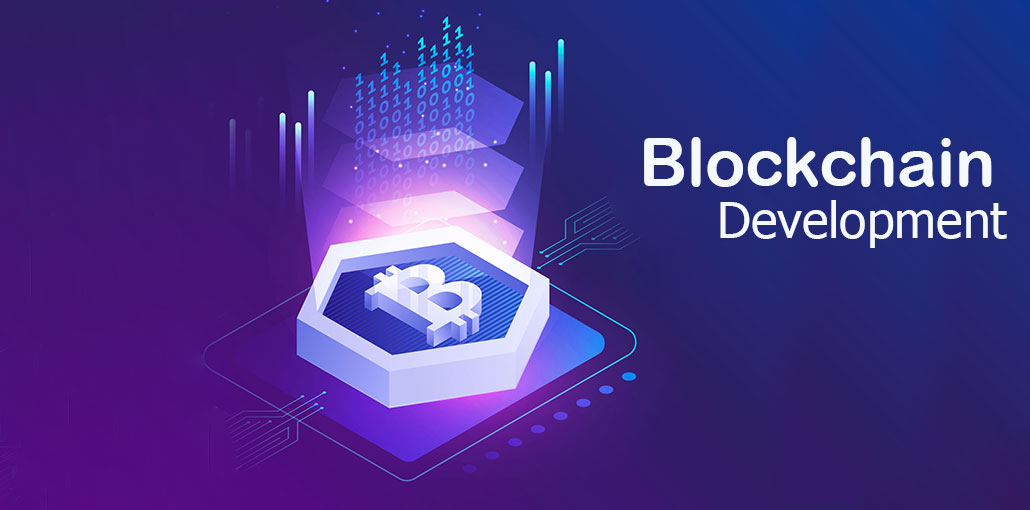
Index Of The Blog
Step-by-Step Guide to Blockchain Development
We can see the Bitcoin fever everywhere. It is spreading like a fire in the jungle. Every single person wants to make money by investing in Bitcoin. It works on blockchain technology. Blockchain was initially developed to assists bitcoin. But soon, technology innovators have started using it for other purposes.
Blockchain is innovated by a person or a group of people known by the name of Satoshi Nakamoto. In 2017 the market of blockchain technology was predicted. They say that the blockchain market will reach 339.5 million U.S dollars in size. And its forecast that would grow to 2.3 billion U.S dollars by 2021.
Don & Alex Tapscott, an author of Blockchain Revolution, said, “The blockchain is a trustworthy digital ledger of economic transactions. That could be configured to document not just financial transactions. But also, virtually everything else of value.”
What Is Blockchain?
The blockchain is a chain of time-stamped digital documents, known as blocks, which are cryptographically connected. Because every record that enters into the blockchain is always there, it can be identified at any time, and no one can tamper with the blocks of data.
The technology has the following advantages:
- Decentralization: to eliminate the specific failure points from the system.
- Transparency: making it easier for every member of the network to access the information simultaneously.
- Trust: by mass consensus.
- Security: through immutable transactional data.
Here is a step-by-step Guide to Blockchain Development process
1. Guide to Blockchain Development: Identify the Problem and Goal
Before we go further into the blockchain development phase, the first important thing is to identify a problem statement. In this stage, you will know what all problems a preferred solution is expected to fix. Make sure that investing time and energy in blockchain will help your business capability or not. You can also transfer your existing application to the blockchain network without creating it from the start. Find a blockchain use-case for your application. And again, make sure your concept needs a blockchain or not.
When you have identified that your business needs a blockchain solution, the next phase is selecting the right blockchain channel for your project or work.
2. Guide to Blockchain Development: Identify The Suitable Blockchain Platform
You need a blockchain channel to build a decentralized app without developing a blockchain from the start. The blockchain platform you require depends on consensus and the issue you are going to fix. Here are some of the blockchain channels you could select on the basics of their functionalities.
Ethereum.
Designed as a standard programming channel. Ethereum is an open-source and general public blockchain-based distributed computing channel. Featuring the functionality of smart contracts. It uses a proof of work “Ethash.” That required more memory to make it challenging to mine utilizing expensive ASICs experts mining chips.
Design your application on Ethereum if you need to create a decentralized public app with smart consensus.
Hyper ledger Fabric.
Hyper ledger is an open-source channel too. This channel is the best fit for creating enterprise applications. It assists distributed ledger solutions on allowed networks where all members know each other and are authorized.
It designs on a modular architecture. Hyper ledger can enhance the flexibility and resilience of blockchain apps. The capable architecture elements involve encryption or consensus.
Hyper ledger Sawtooth.
Same as Hyper ledger Fabric. Hyper ledger Sawtooth is also developed for creating apps on allowed blockchain networks.
It came from intel. Hyper ledger sawtooth utilizes a consensus procedure known as “proof of Elapsed time”. And the things it implements are as following.
- Each member of the blockchain have to wait for a specific and random amount of time.
- The first member who finishes the waiting time. That member will be the leader of the network.
This consensus mechanism requires meeting the two requirements. To work fairly. First, did the lottery winner select a random time to wait? Else, a participant could intentionally choose a shorter period to win the leadership. And the second thing is that the winner should finish the particular amount of waiting for the time.
3. Guide to Blockchain Development: Blockchain Ideation
When you’ve identified an issue and blockchain channel to create an application, it’s time for brainstorming ideas and business needs.
In this phase of the blockchain development procedure, you have to analyze, develop, and priorities the use of blockchain experimentation.
Decide what elements should be included as on-chain and off-chain business entities. Make preparations regarding the product plan. For example, when you launch your product and ready-to-launch version of the app.
The primary deliverable of blockchain idea generation is to design a conceptual layout. And also the blockchain framework of the app.
Decide if the application requires to be developed into an approved network or an unauthorized network.
When formulating ideas, you also have to make choices about your app’s front-end programming language, external database, and servers.
After designing your ideas, you can develop a proof-of-concept to discover the feasibility of the product.
4. Guide to Blockchain Development: Developing A Proof-Of-Concept
A proof-of-concept is a way to show the practical value of a blockchain project. And it can be a conceptual design and a model or prototype.
To build a proof-of-concept for your idea. You can go through the following phases to show the viability of the project:
Theoretical Build-Up
Each project requires a conceptual case so that end-users can understand the feasibility and productivity of the product. Create plans to clarify the project parameters.
Prototype
After completing the conceptual build-up and receiving input from each stakeholder involved, you should come up with a model containing drawings, data architecture, mock-ups, prototypes, and a tested product.
Once the stakeholders accept and approve the proof-of-concept, now start focusing on developing visual and technical designs for the application.
Deployment
After completing the entire process, it is time to deploy or execute the application to make it accessible to end-users.
Deployment is the procedure of putting an application on a ready-made application server. Before the application goes live, it should be deployed on the test network to test its functionality.
When deploying an application, administrators can also manage that which versions of the application should be executed to various resources using the provisioning.
Wrap-up
From identifying the aims or objectives to gathering requirements, selecting the right blockchain channel. Preparing the best design for the software. Creating and executing or deploying the application. This post will aid you in understanding the step-by-step blockchain development procedure.
If you are looking for an expert team of blockchain development to develop your blockchain-related application or software. Several companies are working on this emerging technology to assists you in every step of the development phase.







